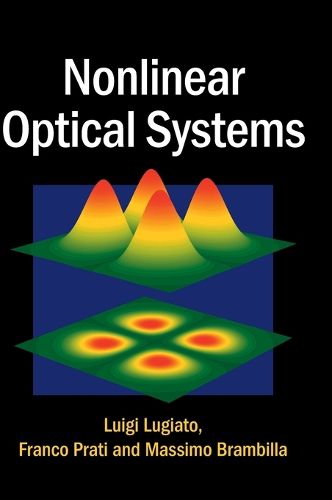Readings Newsletter
Become a Readings Member to make your shopping experience even easier.
Sign in or sign up for free!
You’re not far away from qualifying for FREE standard shipping within Australia
You’ve qualified for FREE standard shipping within Australia
The cart is loading…






Guiding graduate students and researchers through the complex world of laser physics and nonlinear optics, this book provides an in-depth exploration of the dynamics of lasers and other relevant optical systems, under the umbrella of a unitary spatio-temporal vision. Adopting a balanced approach, the book covers traditional as well as special topics in laser physics, quantum electronics and nonlinear optics, treating them from the viewpoint of nonlinear dynamical systems. These include laser emission, frequency generation, solitons, optically bistable systems, pulsations and chaos and optical pattern formation. It also provides a coherent and up-to-date treatment of the hierarchy of nonlinear optical models and of the rich variety of phenomena they describe, helping readers to understand the limits of validity of each model and the connections among the phenomena. It is ideal for graduate students and researchers in nonlinear optics, quantum electronics, laser physics and photonics.
$9.00 standard shipping within Australia
FREE standard shipping within Australia for orders over $100.00
Express & International shipping calculated at checkout
Guiding graduate students and researchers through the complex world of laser physics and nonlinear optics, this book provides an in-depth exploration of the dynamics of lasers and other relevant optical systems, under the umbrella of a unitary spatio-temporal vision. Adopting a balanced approach, the book covers traditional as well as special topics in laser physics, quantum electronics and nonlinear optics, treating them from the viewpoint of nonlinear dynamical systems. These include laser emission, frequency generation, solitons, optically bistable systems, pulsations and chaos and optical pattern formation. It also provides a coherent and up-to-date treatment of the hierarchy of nonlinear optical models and of the rich variety of phenomena they describe, helping readers to understand the limits of validity of each model and the connections among the phenomena. It is ideal for graduate students and researchers in nonlinear optics, quantum electronics, laser physics and photonics.